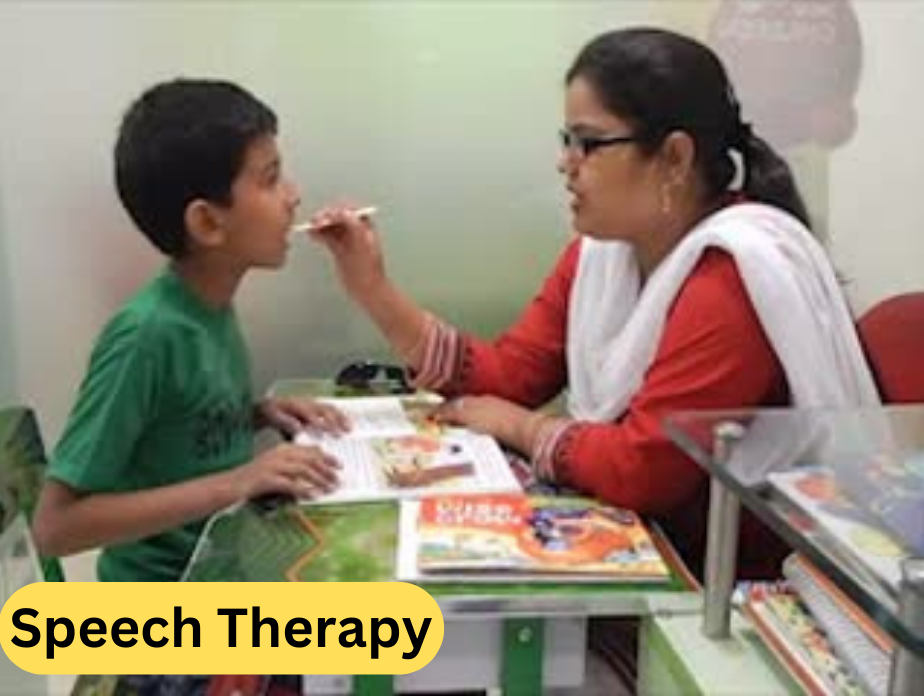
Autism, or Autism Spectrum Disorder (ASD), is a developmental disorder that affects communication, behavior, and social interaction. It is termed a “spectrum” because it encompasses a wide range of symptoms and abilities.
Characteristics
- Social Communication Challenges:
- Difficulty with verbal and nonverbal communication.
- Trouble understanding social cues and maintaining conversations.
- Preference for solitary activities.
- Repetitive Behaviors:
- Engaging in repetitive movements or speech (e.g., hand-flapping, echolalia).
- Strong adherence to routines and rituals.
- Sensory Sensitivities:
- Over- or under-sensitivity to sensory inputs (e.g., sounds, lights, textures).
- Preference for certain sensory experiences.
- Variability in Abilities:
- Individuals may have intellectual disabilities, while others may have average or above-average intelligence.
- Some may excel in specific areas, such as math or art.
Causes
- Genetics: Family history of ASD increases the likelihood.
- Environmental Factors: Prenatal factors, such as exposure to certain medications or toxins, may contribute.
- Neurological Factors: Differences in brain structure and function have been observed in individuals with autism.
Diagnosis
- Typically diagnosed in early childhood through comprehensive evaluations, including observations and standardized tests conducted by healthcare professionals.

Intervention Strategies
-
Behavioral Therapies:
- Applied Behavior Analysis (ABA) is commonly used to encourage positive behaviors and skills.
-
Speech and Language Therapy:
- Helps improve communication skills.
-
Occupational Therapy:
- Aims to develop daily living skills and address sensory processing issues.
-
Social Skills Training:
- Focuses on improving social interaction and understanding social norms.
Support
- Early intervention can lead to significant improvements. Families and caregivers play a crucial role in supporting individuals with autism. Community resources and support groups can also be beneficial.
